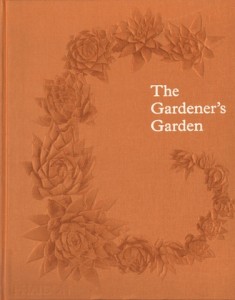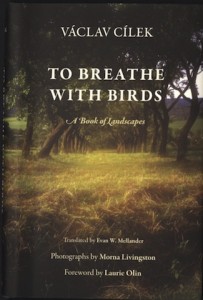We received many, many new books this week! Here are two on landscapes:
Clarke, Victoria, ed. The Gardener’s Garden. London: Phaidon, 2014.
 This encyclopedia-esque work is a good starting point for information on landscape architecture, whether contemporary or historical. The content is arranged geographically and includes gardens as early as the 14th century. Each entry includes location, names of architects/designers, date, size, climate, type/style, and brief description. While plans of the gardens are not included, each site does include representative photographs. There is also a brief glossary. While flipping through I was surprised by what was included or excluded. Madison Cox writes in the prefatory note, “Throughout The Gardener’s Garden, more than 250 examples illustrate the vast wealth of human expression when it comes to the creation and definition of what makes a garden” (pg. 5). Within the glossary “garden” is not included, so it will be left up to the reader to determine how the editors understand garden. Look for this work in our reference collection.
This encyclopedia-esque work is a good starting point for information on landscape architecture, whether contemporary or historical. The content is arranged geographically and includes gardens as early as the 14th century. Each entry includes location, names of architects/designers, date, size, climate, type/style, and brief description. While plans of the gardens are not included, each site does include representative photographs. There is also a brief glossary. While flipping through I was surprised by what was included or excluded. Madison Cox writes in the prefatory note, “Throughout The Gardener’s Garden, more than 250 examples illustrate the vast wealth of human expression when it comes to the creation and definition of what makes a garden” (pg. 5). Within the glossary “garden” is not included, so it will be left up to the reader to determine how the editors understand garden. Look for this work in our reference collection.
Cílek, Václav. To Breathe with Birds: A Book of Landscapes. Translated by Evan W. Mellander. Photographs by Morna Livingston. Foreward by Laurie Olin. Philadelphia: University of Pennsylvania Press, 2015.
To Breathe with Birds is a collection of sixteen essays by Václav Cílek. Laurie Olin writes of Cílek’s approach in the foreward:
...challenging the reader, most likely a postmodern urban dweller, to think with him from within a tree or a stone or small creature. The world he conjures in these essays ranges widely, but most frequently evokes places and things once common in profound ways to people on all continents: mud and dust, clouds of insects, flocks of wild creatures, birds and herds, sunlight, small sounds, myths and darkness, stars and spirits, long walks through fields from town to town on foot in various weather. (Olin, “Foreward,” xi)
with him from within a tree or a stone or small creature. The world he conjures in these essays ranges widely, but most frequently evokes places and things once common in profound ways to people on all continents: mud and dust, clouds of insects, flocks of wild creatures, birds and herds, sunlight, small sounds, myths and darkness, stars and spirits, long walks through fields from town to town on foot in various weather. (Olin, “Foreward,” xi)


